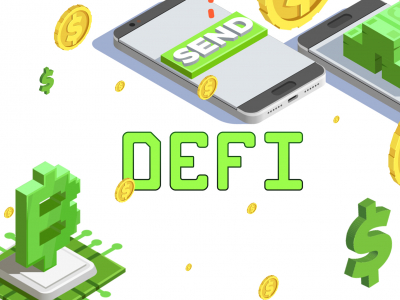One of the bitcoin core developers until 2014 and the creator of Bitcoin Classic protocol answered questions of Chinese bitcoin community. Among other things, Andresen expressed a mixed opinion about the latest Core upgrade.
A lot of topics were discussed during the conversation, from the centralisation tendency in mining to the content of the very first message that Andresen sent to Satoshi Nakamoto. It is little wonder, though, that the most vital matter for the whole bitcoin community soon emerged – the problem of the bitcoin network scalability.
Answering to the questions on SegWit and Lightening Network Andresen showed rather a positive attitude towards these solutions, however, he doubted that they are able to solve the scalability problem in time.
“If everything goes perfectly, we might see a significant number of SegWit transactions in three months. I would guess it will take six months for the miners to adopt segwit and then wallets to start producing segwit transactions, but it could take a year. Unfortunately, transaction volume was growing more quickly than that, so even if Segwit helps, it will not help quickly enough.”
Andresen was even more pessimistic concerning the Lightning Networks:
“I think Lightning will take longer than people estimate. Seven months ago Adam Back said that the lightning network might be ready “as soon as six months from now” … but I would be surprised if there was a robust, ready-for-everybody-to-use lightning-capable wallet before 2018.”
The idea of the Lightning Network implies transforming the model of transactions verification. Currently, in a regular bitcoin blockchain, each computer has to validate every transaction. The Lightning Networks technology makes it possible not to broadcast every single transaction through the whole distributed ledger, the blockchain being only involved in the event of non-cooperation. This can be compared with judicial proceedings in the real world: they only take a person to court if they are offended. Thus, participants of the blockchain won’t have to validate all transactions as long as everything works all right.
The first version of the Segregated Witness soft fork was released on 20 April 2016. It allows more transactions to be included in each block due to the relocation of transaction parts containing digital signatures and, thus, partly contributes to solving the scalability problem.
Anna Lavinskaya

















